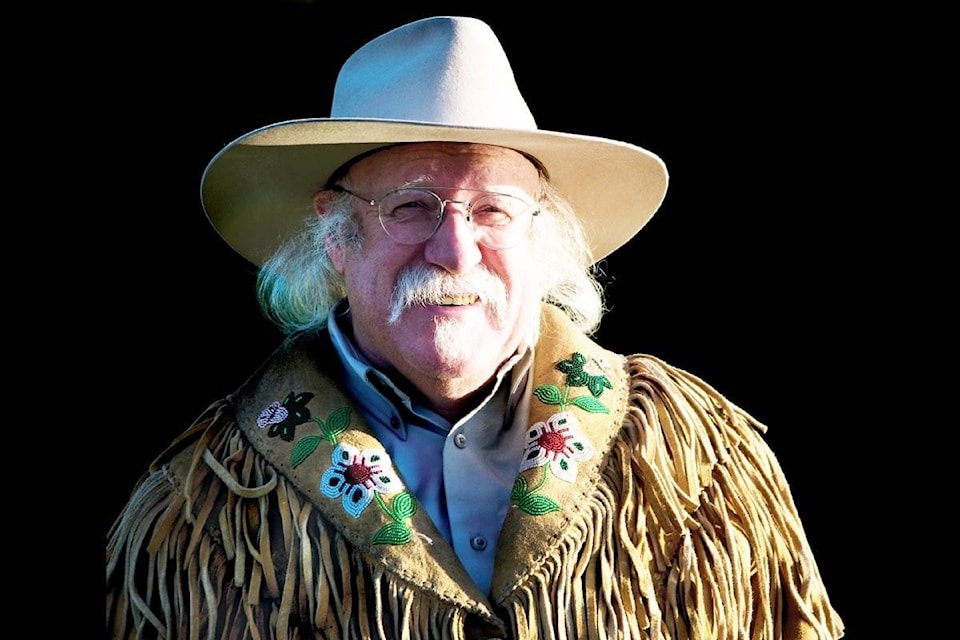Part one of a two part series
There are those who would say that angling is as much an art form as it is a science.
While there is something to be said for a long, smooth, graceful cast, I would have to side with those who see fishing as more of a science, with perhaps a small element of luck thrown into the equation. There is biology, entomology, ichthyology (which is the branch of zoology devoted to the study of fish), not to mention physics, meteorology and the laws of probability involved in each and every cast.
In order to successfully angle for a fish, one must have a certain understanding of the fish’s physiology, eating preferences and habits and habitat in which they live. A rudimentary understanding of entomology gives clues as to what fish are actively feeding on at specific times of the day and certain times of the season. The phrase ‘matching the hatch’ refers to matching an artificial fly pattern to the species of insect coming off on the hatch that fish are feeding on, and then presenting that particular fly pattern to the fish. One can easily apply the same process to selecting a lure.
Once the lure or fly pattern is selected based on biology, entomology and ichthyology, physics takes over.
Let’s look at the procedure of casting a line. When using a casting or spinning rod and monofilament fishing line, a lure’s weight is used to pull line out off the reel throughout the forward motion of the cast, and the weight and motion of the lure moving through the air takes the line along for the ride. Whereas with fly fishing, one uses the energy of the rod to create momentum to cast the line and the fly pattern.
The science of meteorology (weather forecasting) influences fishing in almost every way, from fish activity to our own. When preparing for a day’s fishing one should plan according to the weather.
You might not think it, but there is even a fair amount of science involved in the simple act of successfully crossing a stream.
Read more: Council says no to city snare ban after dog’s death, citing lack of municipal power
Read more: Public trail systems growing in the Shuswap
Read more: Two heat records broken in B.C. as summer heats up
Before venturing out across a stream, an angler should take into consideration a number of factors such as current direction, the amount of water pressure exerted by the current, water depth and temperature, and the amount of algae and subaquatic plant life on the rocks and gravel on the bottom of the stream, not to mention, one’s physical height, weight, strength and stamina. Biology, zoology, physics and stream morphology all come into play. Moving water creates pressure which is exerted against an angler’s legs when attempting to wade across a stream. The pressure increases according to depth, and large rocks and fallen trees create differences in the amount of pressure. Water also flows at different speeds at different depths - the fastest flowing water is just below the surface. These variables in water speed and pressure, combined with slippery algae growing on the rocks and gravel below, make for less-than-secure footing when wading a stream.
The use of a wading staff serves to create a third point of balance which allows an angler to maintain two points of balance each time they lift their foot. The forest floor is covered with branches that can serve as a wading staff. One need not use the discerning eye of Moses to select a fallen branch or stick that has the right length and heft - with just the right diameter to grip comfortably.
When crossing a stream, keep your legs apart to centre your gravity and take short steps, one at a time, feeling the bottom and securing your footing before taking the next step. Cross facing upstream and move sideways so that your feet and wading staff form a triangle of support. Choose a diagonal path across and downstream so that you are not fighting the full force of the current as you make your way out into the water. It is important to remember that water flows faster where a stream is narrower, so the shortest distance is not always best. Never even consider crossing if the water appears too deep and the current too fast. In other words, luck and the laws of probability should not be allowed to enter the equation here at all.
One might say that a little scientific understanding goes a long way in the art of angling.
@SalmonArm
newsroom@saobserver.net
Like us on Facebook and follow us on Twitter
